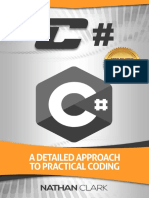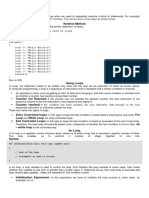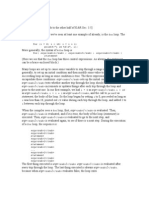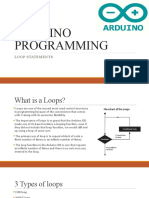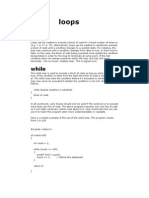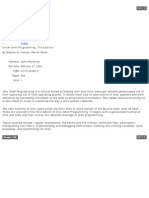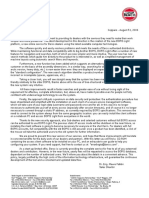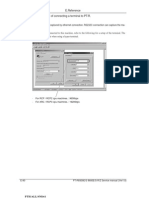0% found this document useful (0 votes)
57 views17 pagesCreating Loops: C# Programming
The document discusses different types of loops in C# programming including do-while loops, while loops, and for loops. It provides examples of how to write each type of loop and how to use break and continue statements to control loop execution. It also warns about ways to accidentally write infinite loops.
Uploaded by
surafel getachewCopyright
© © All Rights Reserved
We take content rights seriously. If you suspect this is your content, claim it here.
Available Formats
Download as PDF, TXT or read online on Scribd
0% found this document useful (0 votes)
57 views17 pagesCreating Loops: C# Programming
The document discusses different types of loops in C# programming including do-while loops, while loops, and for loops. It provides examples of how to write each type of loop and how to use break and continue statements to control loop execution. It also warns about ways to accidentally write infinite loops.
Uploaded by
surafel getachewCopyright
© © All Rights Reserved
We take content rights seriously. If you suspect this is your content, claim it here.
Available Formats
Download as PDF, TXT or read online on Scribd
/ 17















